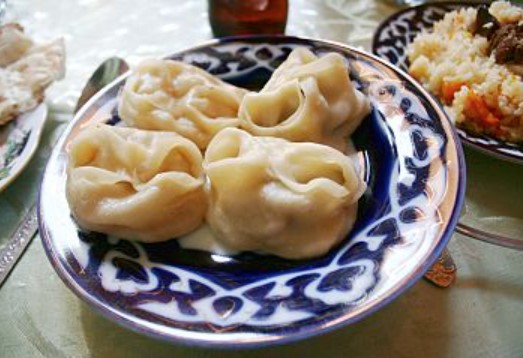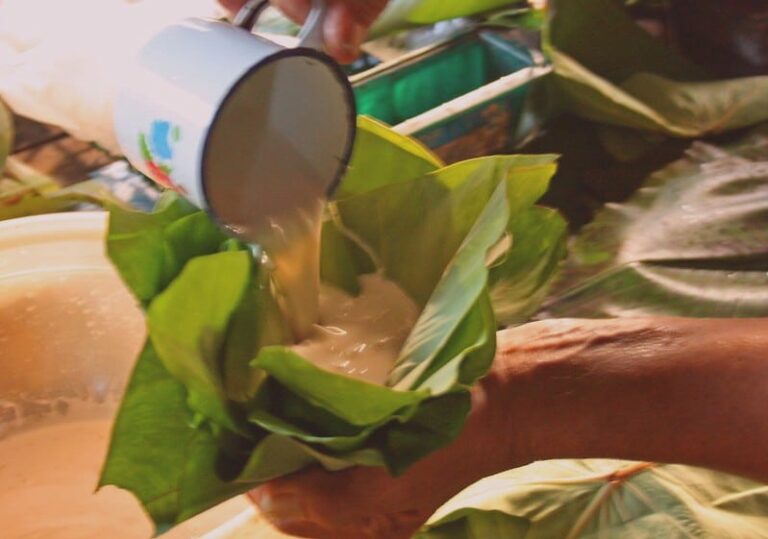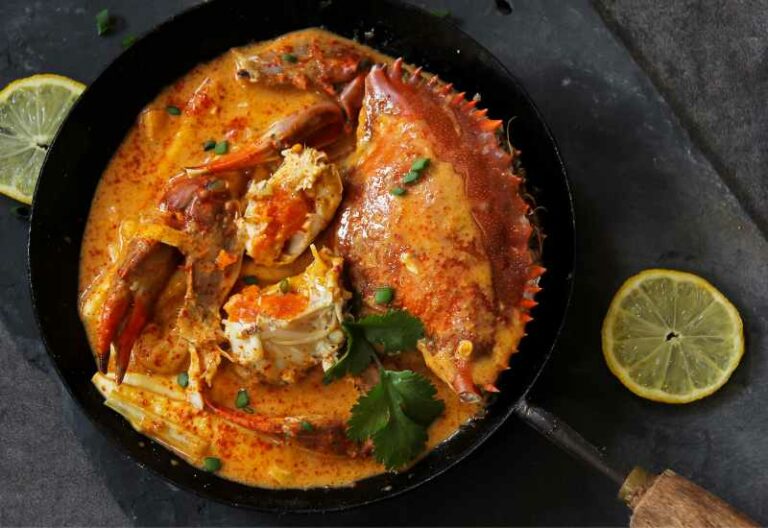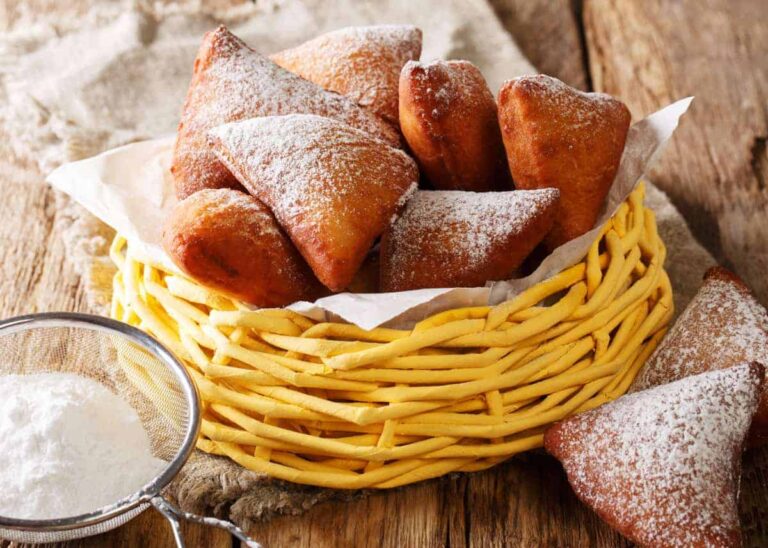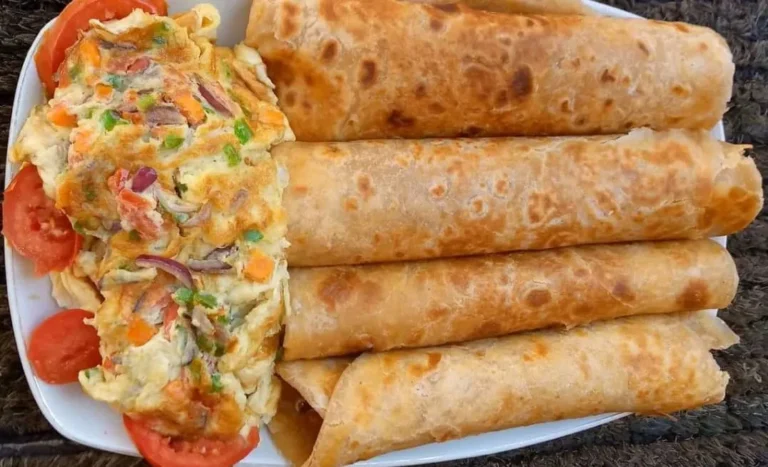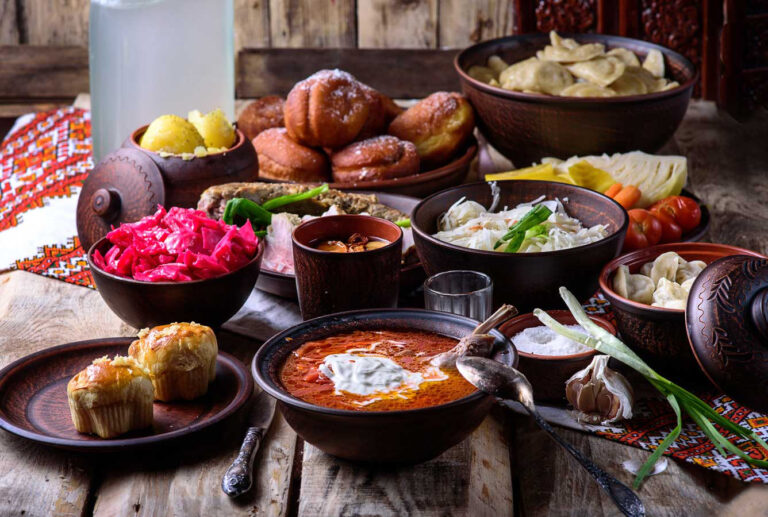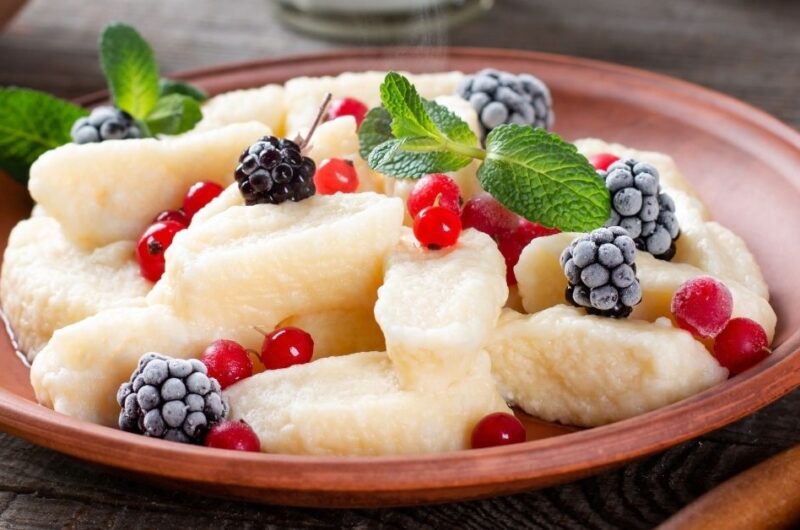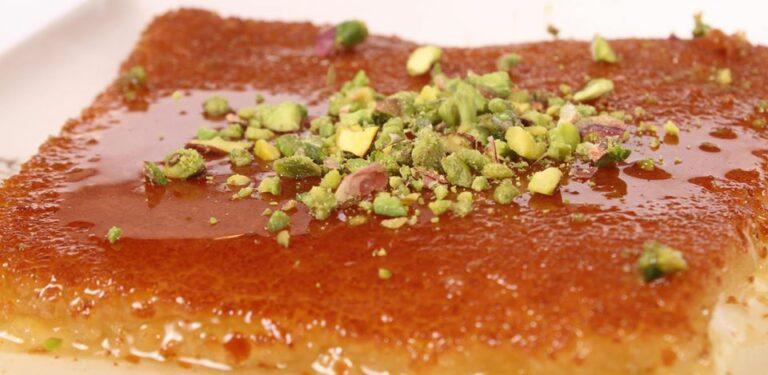Introduction: The Sweet World of Middle Eastern Desserts
Middle Eastern cuisine is known for its flavorful spices, aromatic herbs, and savory dishes. But what about the sweet side of things? Middle Eastern desserts are just as renowned for their deliciousness, and Turkish desserts are no exception. Turkish sweets are a unique blend of Middle Eastern and Mediterranean influences, resulting in sweet, rich, and sophisticated desserts that are sure to please any sweet tooth.
Turkish Cuisine: A Blend of East and West
Turkey is a country that straddles the boundary between Europe and Asia, and its cuisine reflects that blend of cultures. Turkish desserts, in particular, draw from both Eastern and Western influences. From the East, Turkish desserts take inspiration from Ottoman and Persian cuisine, which emphasizes nuts, fruits, and floral flavors. From the West, Turkish desserts incorporate techniques and ingredients from French and Italian pastry traditions, such as butter, cream, and puff pastry. The result is a unique combination of flavors and textures that cannot be found anywhere else.
Key Ingredients in Turkish Desserts
Turkish desserts rely heavily on nuts, such as pistachios, almonds, and hazelnuts. These nuts are often ground finely and used as toppings or fillings for pastries and candies. Dairy products, such as cream, yogurt, and cheese, also play a prominent role in Turkish desserts, adding richness and creaminess to the sweets. Another key ingredient in Turkish desserts is honey, which is used as a natural sweetener and a glaze for pastries.
Traditional Turkish Desserts: Rich, Creamy and Nutty
Turkish desserts come in a wide variety of shapes and sizes, but many of them share a few common characteristics. For example, many Turkish desserts are rich and creamy, thanks to the generous use of dairy ingredients. One classic Turkish dessert is baklava, a decadent pastry made with layers of buttery phyllo dough filled with chopped nuts and drenched in sweet syrup. Another beloved Turkish dessert is sutlac, a creamy rice pudding flavored with cinnamon and topped with caramelized sugar.
Unique Flavors and Techniques in Turkish Desserts
In addition to the classic desserts, Turkish cuisine also features more unique sweets that are not found in other Middle Eastern cuisines. For example, lokum, or Turkish delight, is a popular candy made from a mixture of sugar, starch, and flavorings such as rose water or citrus fruit. It is then dusted with powdered sugar and cut into small cubes. Another unique Turkish dessert is kunefe, a pastry made with shredded phyllo dough and filled with sweet cheese, then baked until crispy and golden.
Conclusion: Turkish Desserts – A Must-Try for Sweet Lovers
Turkish desserts are a feast for the senses, with their rich flavors, creamy textures, and nutty toppings. Whether you’re a fan of classic pastries like baklava and sutlac or you’re interested in trying something new like lokum or kunefe, Turkish desserts are sure to satisfy any sweet tooth. So next time you’re in the mood for something sweet, reach for a Turkish delicacy and experience the unique flavors of this rich culinary tradition.


